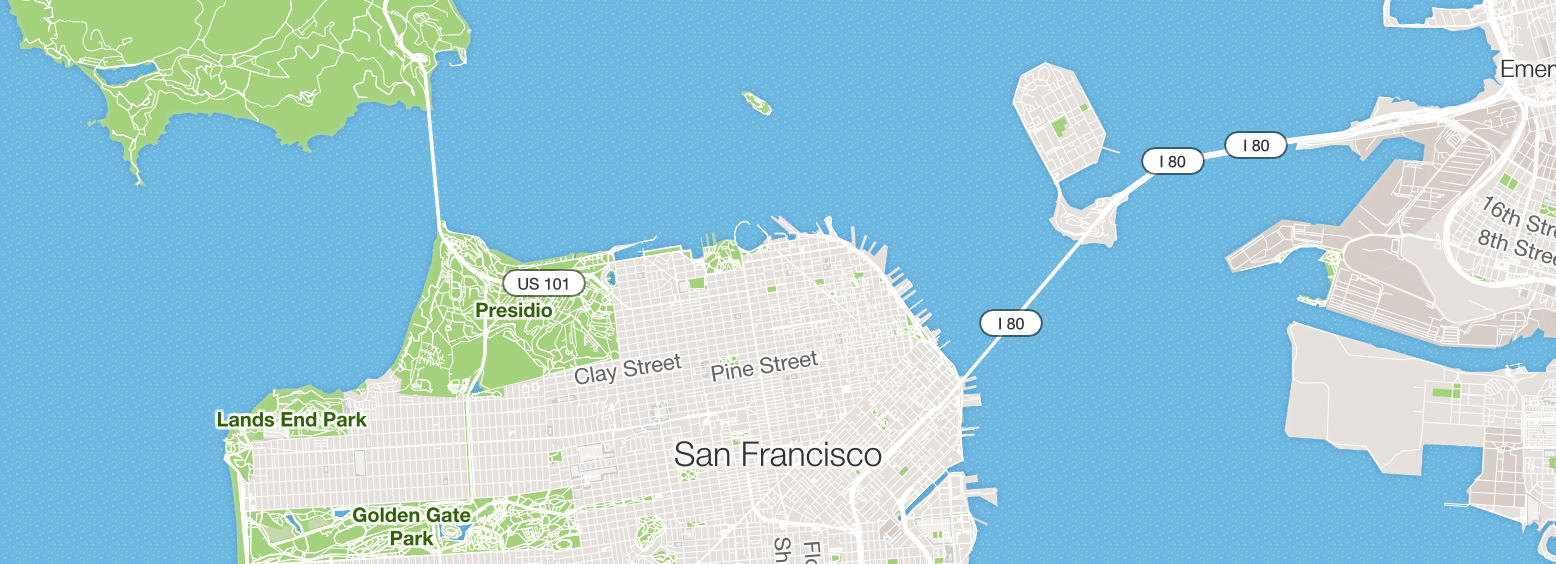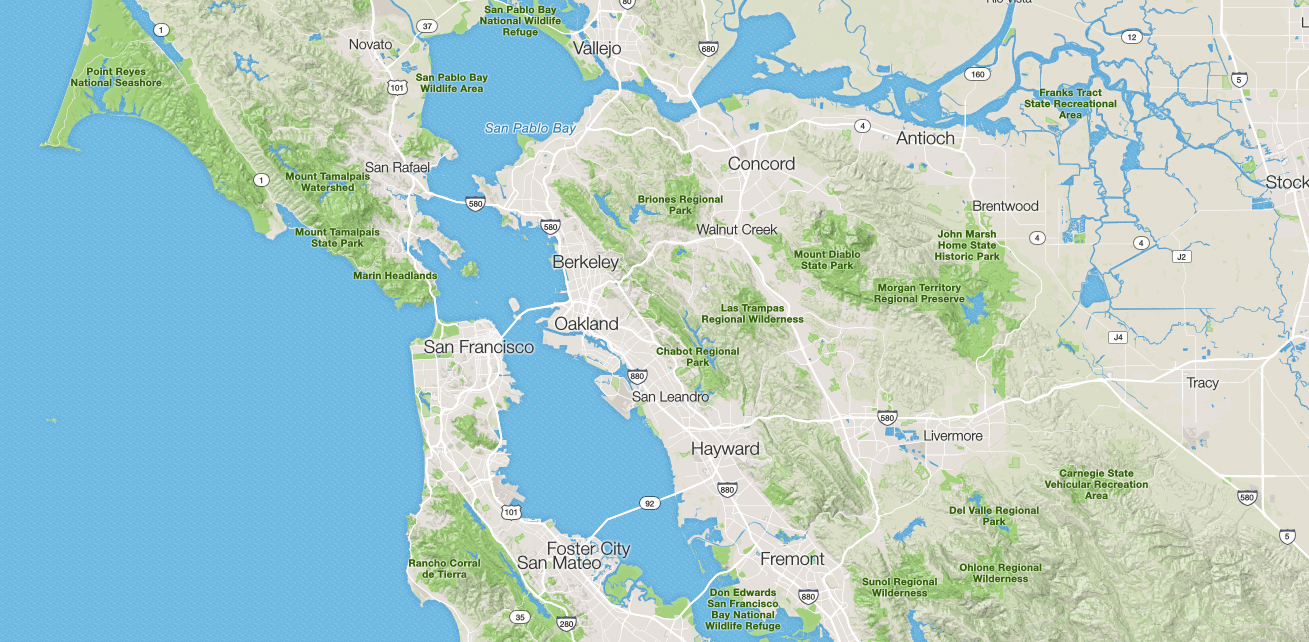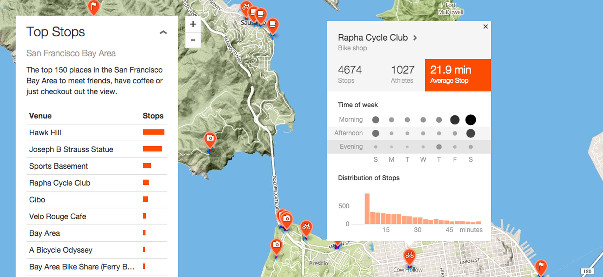
The Strava mobile clients and website render millions of map images every day to provide geographic context to activities, routes, segments, and more. [We use and love Mapbox](http://labs.strava.com/blog/tailoring-maps-strava-athletes/) for our interactive maps on the web, but because of our high volume of requests, we came to a point where it was more economical to build our own static map service.
View More.

Our new maps are based on OpenStreetMap, and they can be improved by anyone, including you. Using Mapbox tools and OpenStreetMap data, we tailor our maps to the needs of runners, cyclists, and outdoor enthusiasts. Not only is OpenStreetMap free, but it's easy to access and update, which is critical in our rapidly changing world. Read on to learn how to share your geographic knowledge with other athletes and the global OpenStreetMap community.
View More.

You may have noticed some significant improvements to the look, feel and utility of the the maps on Strava’s activity and segment pages. Our design and engineering teams have worked with the expert cartographers from Mapbox to customize our maps to best meet the needs of avid runners and cyclists around the world.
View More.

Strava has done a lot of work figuring out how athletes move; we have global heatmaps, challenge heatmaps, personal heatmaps and even Strava Metro. But what about where people go to stop? I looked at 4.3 million rides in the San Francisco Bay Area to answer this question and found the best places to meet friends, have coffee or just check out the view.
View More.

RouteMaster is the engine that powers point to point path finding for Strava routes in our newly released Route Builder. The killer feature of RouteMaster is data drawn from real Strava athletes. Instead of merely knowing which paths are designated for cycling/running, we analyze tens of billions of GPS points from millions of Strava activities. This data gives aggregate statistics about how athletes use every road and path section in the world.
View More.
Recently we introduced a heatmapping feature on Strava, our first feature built using the Go programming language. This is part of work to move Strava towards a service-oriented architecture with well-defined interfaces that can be written in any language.
View More.

On Saturday July 20th athletes covered 4,890,000 miles in over 326,000 combined hours. To get a look at what all that riding looks like I built the Saturday on Strava Heatmap, a visual of all those miles, broken down by hour.
View More.





